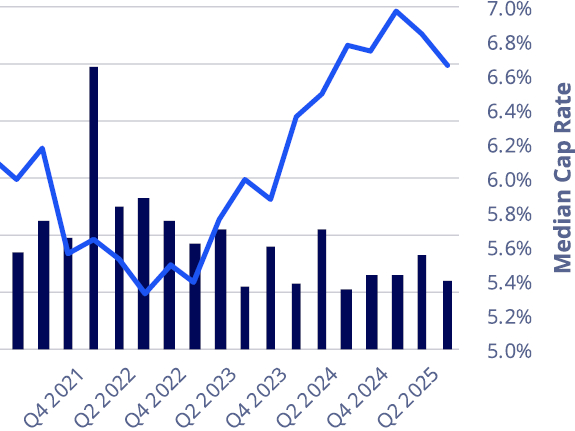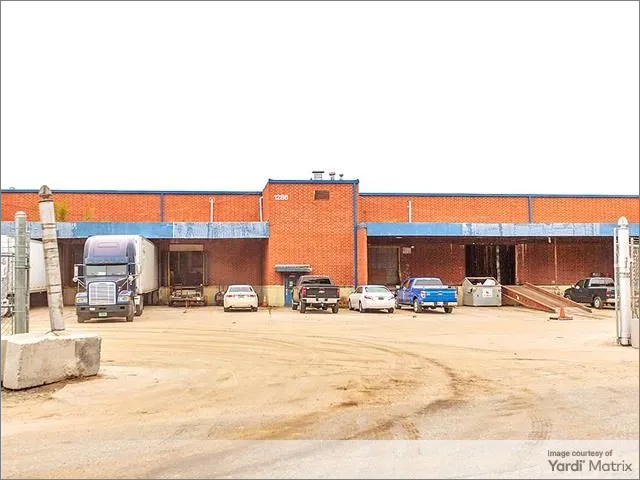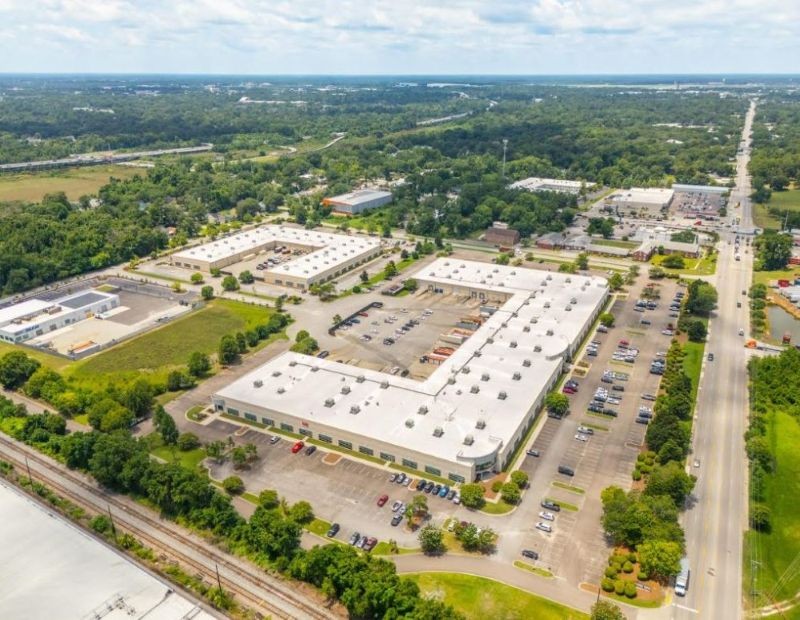September Issue: Economist’s View—Finding Your Financial Match
In his monthly column, Hugh Kelly discusses heightened awareness of the financing environment.
By Hugh F. Kelly,  Contributing Columnist
Contributing Columnist
The long-awaited moment appears to be upon us. After years of holding its benchmark interest rates near zero, the Federal Reserve is poised to move rates upward in a sequence of “normalization.” The choice of terms is deliberate. The Fed’s historic stimulus was indeed marked by rates that were abnormally low. Not, however, “artificially” so.
The distinction is crucial. “Artificial” implies that the Fed has been acting contrary to nature, and so the economy must suffer dire consequences as natural forces reassert themselves. This is Orwellian thinking. Those with long memories will recall hearing the same discussion in the early 1980s, when the Fed drove rates into the stratosphere to squeeze out inflation and end the price/wage spiral. That policy, and the normalization that followed, helped usher in the prosperity of “the Great Moderation” from 1983 to 2000. Today’s Fed has the same opportunity.
It is critical to understand that normalization does not require putting disaster planning into effect. However, it does call for heightened awareness of the financing environment, and especially the varying responses from lenders.
Why? As we enter what is likely to be a protracted period of rising rates, mortgage capital sources face varying challenges. Commercial banks are minding liquidity ratios and capital reserves, and are loath to trigger penalties for lending deemed to be risky. As a result, loan structure will be the primary issue for most borrowers, who should be prepared to commit at least 30 percent equity to the capital stack and also to accept covenants restricting secondary or mezzanine debt.
The middle range of the stack is likely to shift to expensive preferred equity. Expect its providers to factor rising rates into their returns, thus shifting inflation and interest rate risk your way. If you suspect that this will limit growth in bank lending volume, your suspicion is correct.
Cast a Cold Eye
One of the earliest pieces of advice I received in my real estate career was, “Don’t fall in love with your property.” In the “normalization period,” a hard look at each asset will save time and help secure the most favorable terms possible.
If you own a core asset in a top 10 market, count your blessings and head straight for the life insurance companies. They mitigate risk by portfolio diversification and disciplined underwriting. That allows them to demand lower risk premiums, and creates competition to put their real estate allocations to work.
If, however, an honest evaluation of your asset and/or your own willingness to fund equity gives you less than elite status, you still have options. For example, if pricing is paramount, consider the conduit lenders. By 2016, securitization volume may approach $130 billion. Mortgages originated for this market carry a lower liquidity risk premium, and thus give borrowers a rate advantage. The downside is that if trouble arises and your property goes into special servicing, your options will be limited. Your self-analysis is crucial here. If you like the idea of trading more rigid terms for lower pricing and you fit into the conduit lenders’ framework for originations, CMBS can be an excellent option.
For those willing to accept a higher rate and/or higher risk, myriad private debt funds offer mortgage capital. This is particularly true if you want bridge or gap financing for a value-add play. You may pay more in the short run and will probably accept interest rate risk by taking a variable-rate loan. But if you’ve correctly identified the opportunity, you might then turn to institutional lenders for terms that reward your successful value-add turnaround.
One last encouraging word. Despite talk to the contrary, ample evidence suggests that periods of interest-rate increases are associated with rising asset prices. Certainly the size and speed of interest rate hikes will affect value trends. But the idea that dire choices loom is bunk. There are choices, and good ones at that. Smart managers will make the most of normalization.
Hugh F. Kelly, PhD, CRE, is a clinical professor of real estate with the NYU Schack Institute of Real Estate and was the 2014 chair of the Counselors of Real Estate.







You must be logged in to post a comment.